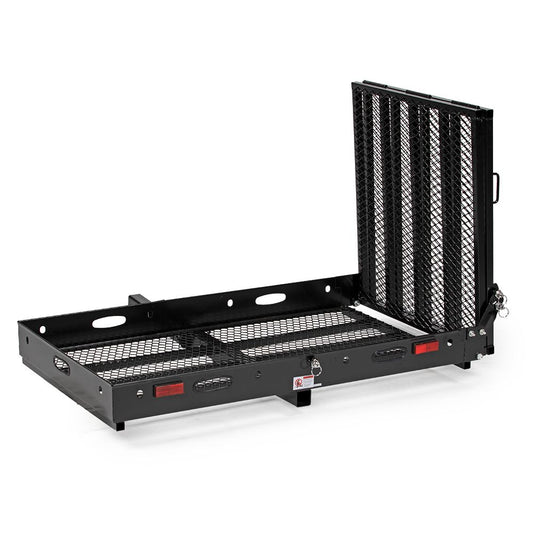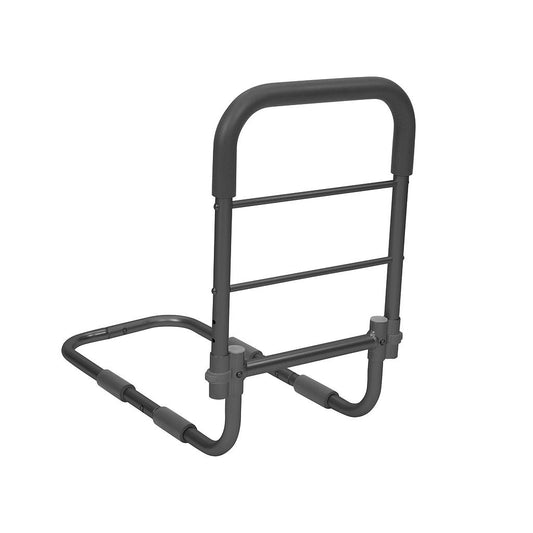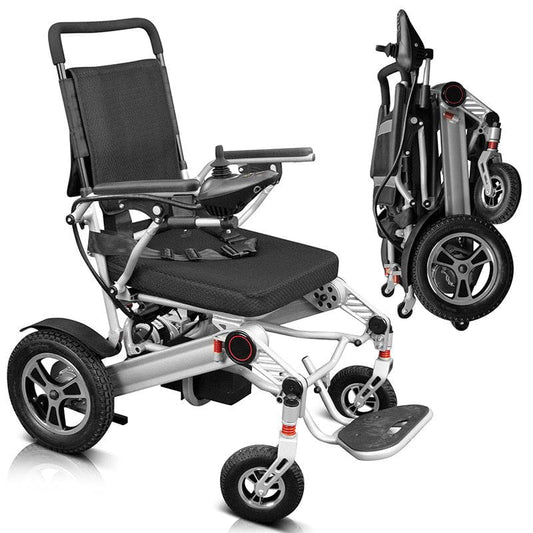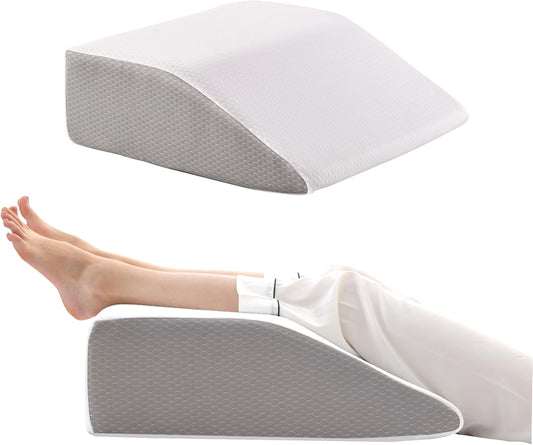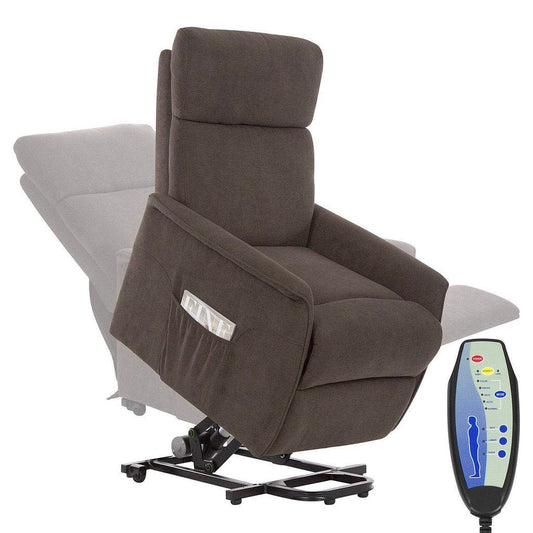Q: How does the Compression Socks | Red Heart work?
The Compression Socks | Red Heart uses graduated compression technology in 15-20 mmHg and 20-30 mmHg levels to promote better blood circulation. The compression is strongest at the ankle and gradually decreases up the leg, helping to push blood back toward the heart and reduce leg fatigue and swelling.
Q: What compression level should I choose for the Red Heart compression socks?
Choose 15-20 mmHg for mild compression needs like everyday wear, travel, or light leg fatigue. Select 20-30 mmHg for moderate compression if you experience more significant swelling, varicose veins, or spend long hours standing. The 20-30 mmHg option provides stronger therapeutic support.
Q: What materials are the Compression Socks | Red Heart made from?
These compression socks are crafted from breathable materials including cotton, nylon, and merino wool. This blend provides moisture-wicking properties, durability, and comfort while maintaining the compression effectiveness throughout the day.
Q: Who should wear Compression Socks | Red Heart?
These socks are ideal for professionals who stand or sit for long periods, frequent travelers, pregnant women, athletes, and anyone experiencing leg fatigue or mild swelling. They're also beneficial for people with circulation concerns or those recovering from leg injuries.
Q: How do I choose the right size for Compression Socks | Red Heart?
The socks come in S/M, M/L, L/XL, and Wide Calf options. Measure your calf circumference and ankle circumference to determine the best fit. The Wide Calf sizes accommodate larger calf measurements while maintaining proper compression levels.
Q: Can I wear Compression Socks | Red Heart all day?
Yes, these compression socks are designed for all-day comfort with their flexible toe pocket and contoured fit. The breathable materials help prevent moisture buildup, making them suitable for extended wear during work, travel, or daily activities.
Q: How do I care for my Compression Socks | Red Heart?
To maintain the compression effectiveness and extend the life of your socks, hand wash or machine wash on gentle cycle with cold water. Air dry rather than using a dryer, as heat can damage the compression fibers and reduce their effectiveness.
Q: What's the difference between 15-20 mmHg and 20-30 mmHg compression?
15-20 mmHg provides mild compression suitable for prevention and everyday comfort, while 20-30 mmHg offers moderate compression for therapeutic benefits. The higher compression level is more effective for managing existing circulation issues, varicose veins, or significant swelling.











